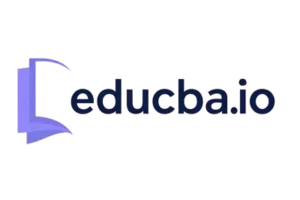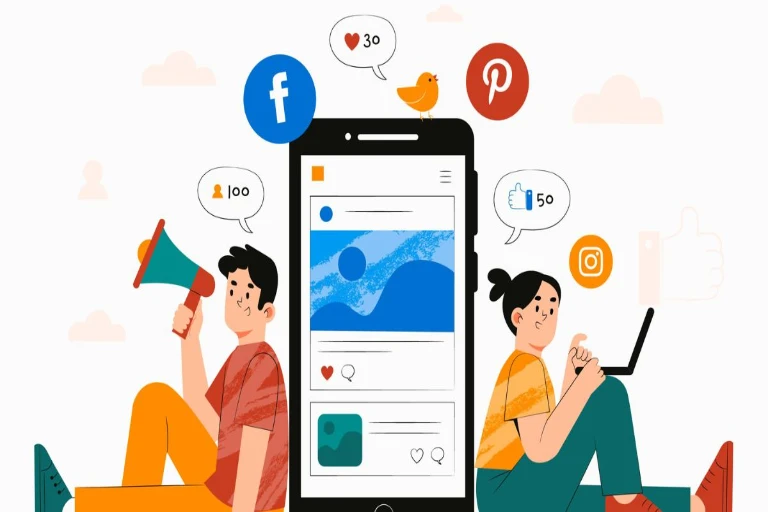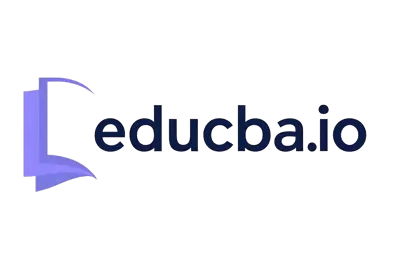Have you ever felt like you needed a secret decoder ring to keep up with your feed while scrolling through it? You’re not alone, so don’t worry. Acronyms from social media are quickly becoming the new shorthand for the internet. These brief, small acronyms, which range from a rapid “LOL” to a more subdued “IYKYK,” are the secret language of the internet. They are a brilliant timesaving device for fellowship, honestly, keeping you from sounding like you just invented the internet. With the constantly changing nature of internet discourse, being current with this slang is not a pleasant hobby; it’s a necessity if you’re an infrequent browser, a content creator, or a marketer.
It is not a matter of understanding what “BTW” is. It involves comprehending the culture of the words, the trends they represent, and the ways in which they detract from our online experience. Let’s get started with the whole introduction to the 2025 social media acronyms that are most frequently used.
General Social Media Acronyms Used by Everyone
Old-fashioned acronyms that have been there since the beginning of time and aren’t going away are known as the OGs. The letters have become so ingrained in our daily speech that we are barely able to recall what they originally meant.
Standard Internet Abbreviations
LOL: The original term for “laugh out loud.” It remains the most popular way to let someone know that you genuinely laughed at a meme, a video, or a communication from a friend.
Be Right Back (BRB): A brief acronym used to inform someone that you will be taking a brief break from typing. It’s a pause button for the internet.
OMG (Oh My God): Used to express shock, amazement, or surprise. It’s an excellent general-purpose expression that may be applied in almost any situation.
BTW (By The Way): Perfect for adding a casual remark or bringing up a new topic without sending a new message.
I Don’t Know (IDK): When you’re unsure. It is convenient, effective, and generally understandable.
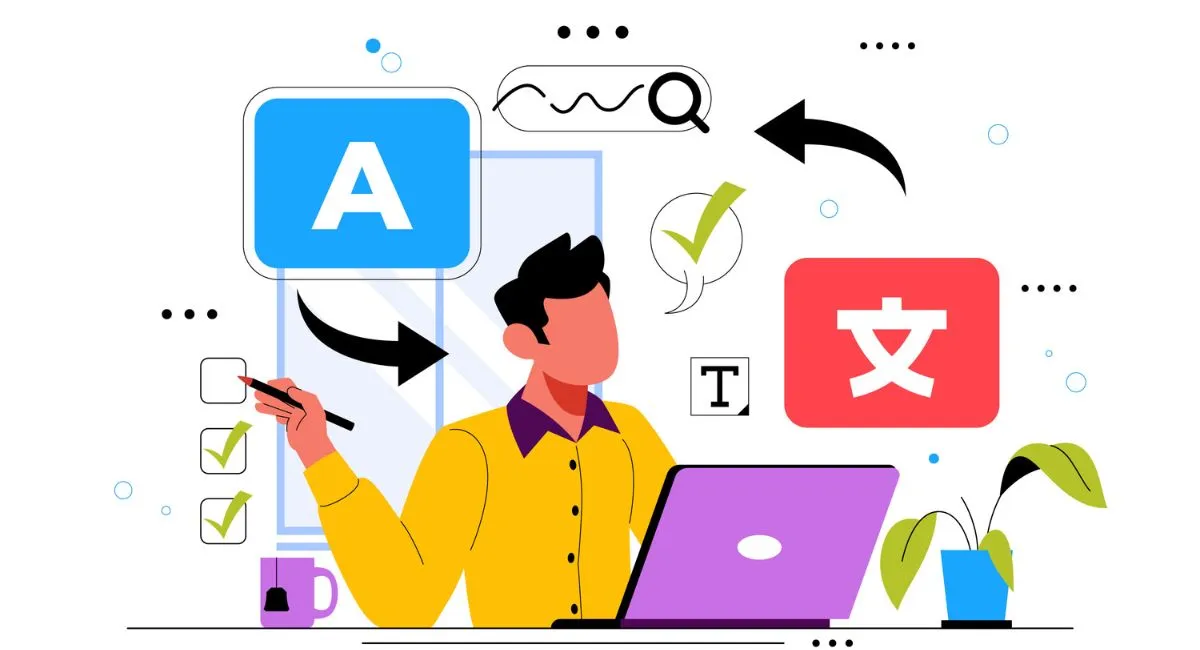
Common Acronyms Used in Comment & Reply Lines
They are helpful when you want to be blunt in a comment or reply line.
TBH (To Be Honest): Applying this is to preface an individual comment or a bit of unfiltered honesty. It is a forewarning that you’re about to spew your unfiltered opinion.
IMO/IMHO (In My Opinion / In My Humble Opinion): Suitable for expressing your opinion without being quite so aggressive. The “humble” version is when you need to be tactful, or else you simply don’t want to mention that your opinion may not be everyone’s cup of tea.
DM (Direct Message): The norm for initiating a private dialogue on sites such as Instagram, X, or TikTok. It is the new-age equivalent of having a whisper conversation.
PM (Private Message): An older term that previously defined a one-on-one message and was generally employed on Facebook or older boards.
IRL (In Real Life): referring to what is taking place online versus what is taking place in real life. This is why you would establish a conversation anchor.
Social Media Marketing Acronyms 2025
They are your bread and butter if you are an artist, brand, or social media administrator. If you have these down, it’s the difference between stumbling in the dark and being aware of what to do.
Engagement & Content Metrics
Click-Through Rate (CTR): The percentage of people that saw your link or advertisement and then clicked on it. An excellent sign that your content is engaging and appropriate for your audience is a high CTR.
CPC (Cost Per Click): This measures precisely what you pay for each click to your ad. You need it to manage your ad finances and maximize ROI (return on investment).
ROI (Return on Investment): The ultimate success holy grail. The profit or loss you make from your social campaign versus its cost. Positive ROI is every company’s dream.
KPI (Key Performance Indicator): Specific, measurable numbers to measure your social goals’ success. It could be anything from shares and likes to sign-ups on your site or new followers.
UGC (User-Generated Content): Content posted by your fans and followers, not by you. Pure gold for creating an actual community and trust.
Platform-Specific Acronyms
Each platform’s nickname’s abbreviation. Your cheat sheet is below.
FB (Facebook): The old social network.
IG (Instagram): The photo behemoth.
X (Twitter/X): Where hot takes and real-time happen.
LI (LinkedIn): The professional network.
YT (YouTube): The video behemoth.
TT (TikTok): The short-form video king.
Trends & Buzzwords
These are not acronyms; they’re cultural nouns that refer to web trends and forms of content.
FOMO (Fear of Missing Out): Fear of missing out on something excellent to do or go to. It’s a strong psychological motivator, which is why it’s sold, and something we all feel online.
JOMO (Joy of Missing Out): Truly the inverse of FOMO. It’s the joy of being part of social activities and just being alone.
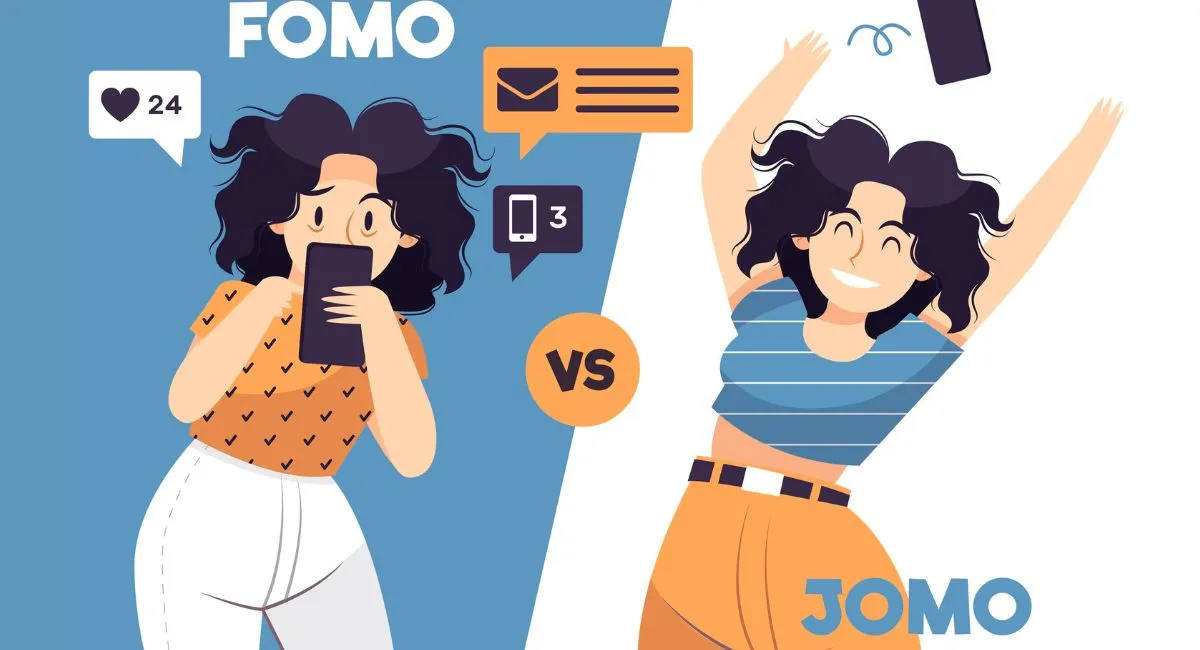
POV (Point of View): Extremely popular on TikToks and Reels, the trend titles a video from some point of view, such as “POV: You just woke up and saw the sun.”
GRWM (Get Ready With Me): A popular video format in which influencers give a behind-the-scenes glimpse of how they are getting ready for an occasion, typically a summary of their personal lives.
Posting about their day’s outfit choice is a classic fashion enthusiast fad known as “OOTD” (Outfit of the Day).
Business & Influencer Acronyms
These are the terms you should know to navigate the creator economy, whether you’re a brand or a creator.
Oh, and then there are influencer marketing terms:
Influencer Marketing Terms
B2B (Business to Business): Selling to businesses. Imagine a software company selling to a design company.
B2C (Business to Consumer): Retailing to the masses. Similar to a fashion company selling clothes.
CTA (Call to Action): The call to action that you tell your audience to take to drive them toward taking an action, such as “Shop Now” or “Subscribe to my channel.”
CPM (Cost Per Mille/Thousand Impressions): The cost of one thousand people seeing your ad. It is a key measure for determining the cost of your reach.
SMM (Social Media Marketing): The whole process of promoting a service or product through social media websites.
Creator Economy Slang
Public relations, or PR, is the art of influencing the public’s information interaction with a brand or artist.
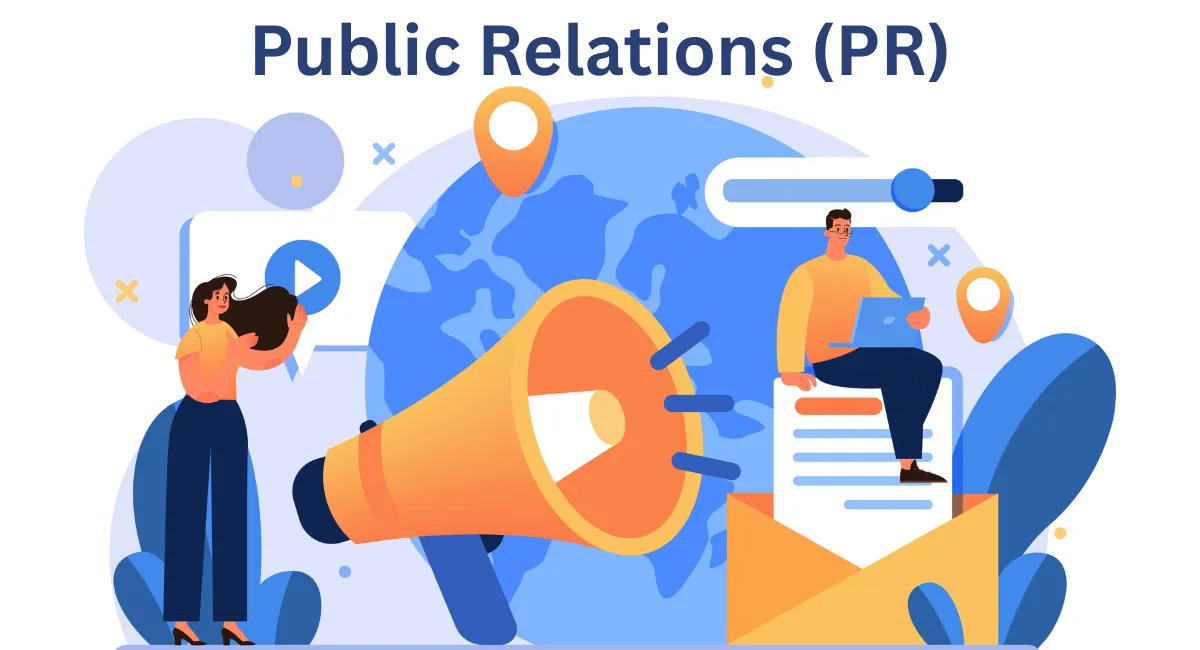
Split testing, often known as A/B testing, compares two versions of a post, campaign, or advertisement to see which one performs better.
Emerging & Gen Z Acronyms in 2025
The internet is always brewing something. And here’s what’s currently trending and the next big thing.
Trending Culture Abbreviations & Memes
IYKYK (If You Know, You Know): For an inside joke or an expert’s reference point, known only to a minority. It reflects belonging and exclusivity.
ICYMI (In Case You Missed It): Copied and pasted when something just happened. It’s an excellent method of bringing people up to speed on what’s happening.
SMH (Shaking My Head): Used to convey disappointment, incredulity, or a general feeling of “I can’t believe this is happening.”
“Right Now” (RN): To indicate that something is happening right now, sometimes with a sense of urgency.
TFW (That Feeling When): Usually used in conjunction with a meme or image, this term expresses an emotion or sentiment that everybody can identify with.
New 2025 Viral Acronyms (Future & Trending)
The future is already here, and so is its lingo. Keep a lookout for these.
AIT (AI Hype): Short form of “AI Hype,” meaning the hype and pace of development around AI-related content, tools, and trends.
CCE (Creator-Centric Economy): The transition where creators as human beings, and not platforms, are at the center of the digital economy.
VTT (Vertical TikTok Trends): An adjectival term for trends made explicitly for the vertical video format of platforms such as TikTok and Reels.
H2H (Human to Human): A newer marketing evolution that is founded on real, human-to-human connections and not merely business-to-consumer or business-to-business.
NFN (No Filter Needed): Peer selfie culture that loves natural faces and truthful words without excessive editing or filters.
Why Knowing Acronyms is Important in 2025
It’s no longer optional but obligatory to be aware of your social media vocabulary in today’s global life, where online conversations happen everywhere.
Enhanced Communication
Knowing the acronyms keeps you from being thick and may keep you from doing stupid things. As a marketer or even just messaging your pal, it makes you able to speak on equal footing.
Get Relevant Online
Being aware of the current slang puts you in the know, giving you the perception that you “know what’s what.” You are a native of the internet, someone who is well-versed in the culture and the game on the internet.
Boost Marketing & Business Success
To marketers, they’re not tricks; they’re campaign report speak and analytics lingo. Familiarity with buzzwords like CTR and ROI is crucial for effective communication with your agency and team.

Conclusion
From “LOL” forever to “IYKYK,” social media shortcuts are the bricks and mortar of our online dialogue. They speed up our interactions, keep them intimate, and make them more personal. But the internet world is fast-moving, and the vocabulary keeps up. Make sure to stay on top of these terms. To know these acronyms not only makes you a good communicator; it makes you hip to an ever-changing cyber society. The next time you hover over a new abbreviation, don’t just cursorily glance; take a closer look. You could learn something new.
FAQs
Why are social media acronyms so vital in 2025?
Because they’re handy, they create community, and they keep you in the know on a fast-paced online discussion. They’re web shorthand that made others aware you were in the know.
Are social media acronyms universal?
These are mostly universal (e.g., LOL), but some are for specific groups, e.g., Gen Z or ad types. Context awareness is most important for correct use.
How do I keep up with new acronyms?
The easiest way is to be an active user of web forums and observe what’s current. Urban Dictionary and social media trend analyses are excellent sources, too.
Do I need to use these acronyms professionally?
Watch yourself. Industry-specific professional abbreviations such as CTR and ROI are acceptable. Still, office chat-type slang acronyms such as SMH or IMO should be limited to office mail or office conversation.
How do DM and PM vary from one another?
Although both names relate to the same thing (private message), PM is an older, catch-all term that is mostly used on Facebook and forums, while DM is more frequently used on more recent platforms like Instagram and X.
